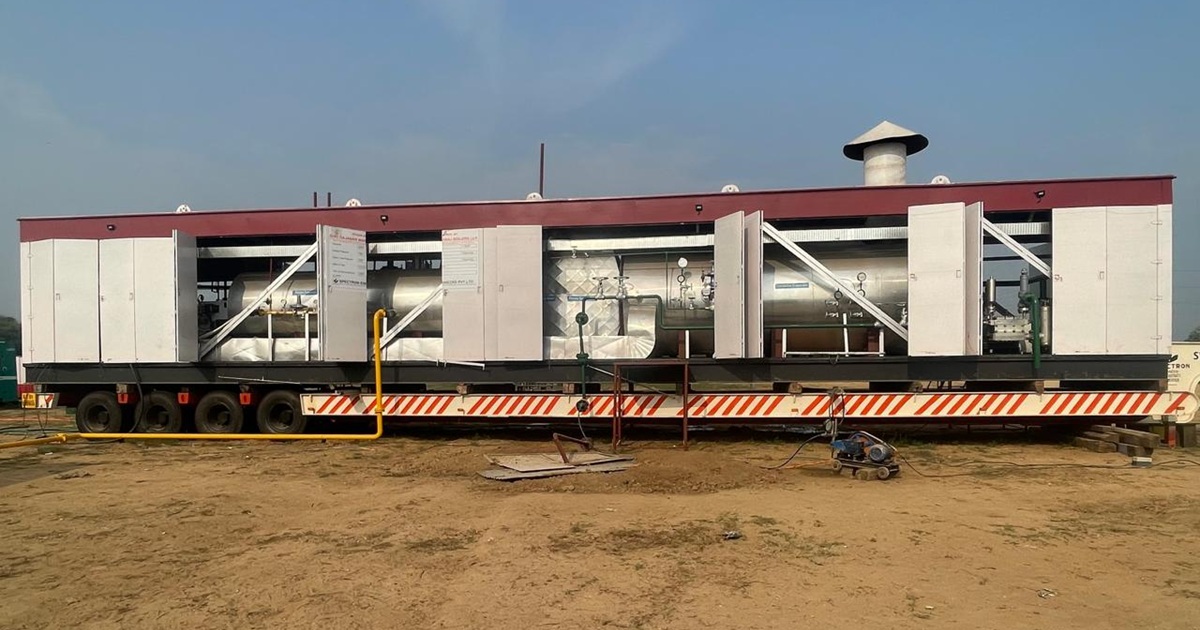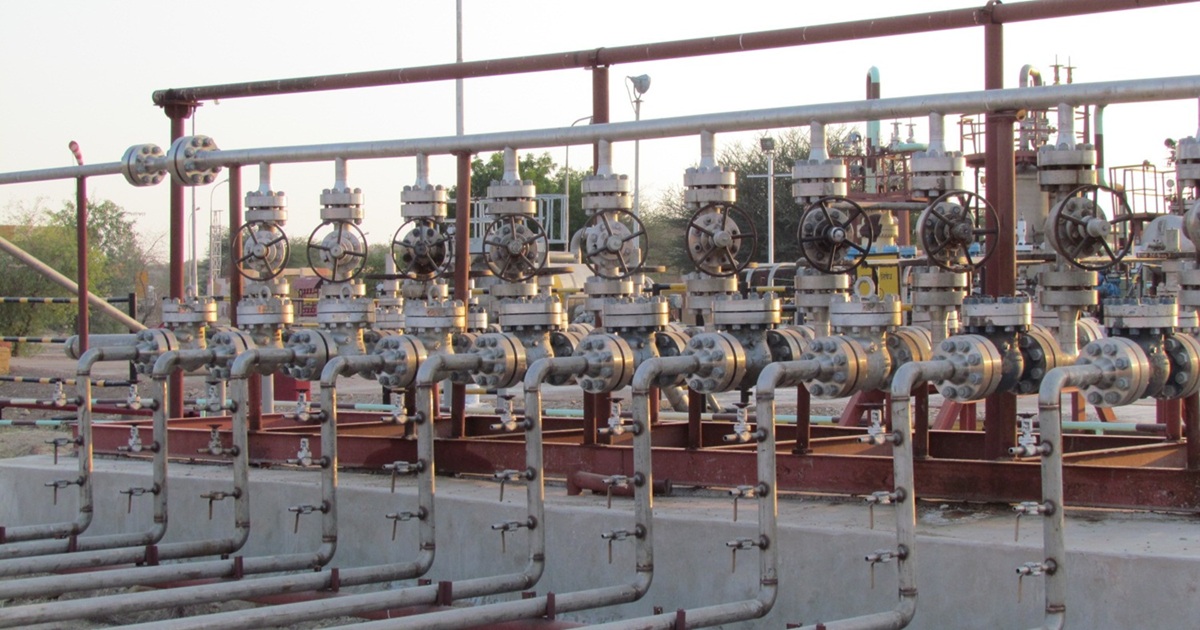Introduction
Global energy markets are evolving, and so are the technologies that drive upstream oil production. As conventional reservoirs decline and operational costs rise, Enhanced Oil Recovery (EOR) has become a strategic focus for operators seeking to unlock the full potential of mature assets.
But today’s EOR isn’t just about injecting steam or polymers. It’s about intelligent engineering, sustainability, and precision-driven deployment. Choosing the right EOR manufacturer plays a critical role in whether your recovery program is a calculated success or an operational burden.
In this article, we’ll explore how next-generation EOR manufacturers like Spectron Group are redefining oilfield productivity through innovation, integration, and execution excellence.
Understanding the Shift in EOR Landscape
Traditional EOR methods thermal, chemical, and gas-based remain the backbone of tertiary recovery. But as regulatory, environmental, and economic pressures increase, operators need next-gen solutions that are:
-
More energy-efficient
-
Better integrated with digital platforms
-
Adaptable to diverse reservoir conditions
-
Compliant with ESG goals and emission norms
EOR is no longer a one-size-fits-all approach. Every reservoir needs a custom-tailored solution. That’s where a capable manufacturer becomes an irreplaceable strategic partner.
What Sets a Next-Gen EOR Manufacturer Apart?
Let’s break down the differentiators that make a modern EOR partner more than just a supplier.
1. Application-Specific Engineering
Not all reservoirs behave the same. Whether it’s heavy oil in Rajasthan or tight formations in the Middle East, your EOR systems must be built to match the geology, fluid properties, and field infrastructure.
Top EOR manufacturers offer:
-
Reservoir modeling support
-
Bespoke steam injection packages
-
Custom chemical blending and dosing skids
-
Pilot system design before full-scale rollout
This level of customization reduces uncertainty, improves recovery factors, and speeds up break-even timelines.
2. Integrated Automation and SCADA Connectivity
Modern oilfields demand real-time monitoring, remote operation, and predictive maintenance. Your EOR systems must be compatible with:
-
SCADA platforms
-
HMI dashboards with remote access
-
Cloud-based alerting and reporting
-
Historical data logging and trend analysis
Spectron Group, for instance, provides EOR skids with PLC-controlled logic, remote diagnostics, and integration-ready protocols to tie in with existing control room infrastructure.
3. Thermal EOR Advancements
Steam-based recovery remains dominant for heavy oil regions, but with increasing focus on efficiency and emissions. Manufacturers today must design systems with:
-
High-efficiency steam generators
-
Closed-loop condensate recovery
-
Solar-thermal hybrid boosters (where applicable)
-
Fuel-flexibility (natural gas, diesel, biomass)
By improving the steam-oil ratio (SOR) and reducing fuel consumption, operators can recover more oil with a smaller environmental footprint.
4. Chemical EOR Expertise
Polymer flooding and surfactant injection are gaining traction in light and medium oil fields. Next-gen EOR manufacturers provide:
-
Skid-mounted chemical blending systems
-
Inline mixers for uniform distribution
-
pH and temperature control units
-
Flow monitoring and automated shutoffs
All this ensures maximum sweep efficiency with minimal chemical wastage.
5. Modularity and Field Mobility
Downtime is expensive. Whether you’re deploying EOR in 3 wells or 30, your equipment must be:
-
Modular for phased implementation
-
Mobile for easy relocation across fields
-
Compact for sites with space constraints
-
Plug-and-play for quick commissioning
Spectron’s modular EOR units allow faster mobilization, especially in remote or brownfield sites.
6. Compliance with ESG and Regulatory Norms
Oil producers are under growing pressure to meet Environmental, Social, and Governance (ESG) targets. That means your EOR systems must support:
-
Low-emission burners
-
Energy monitoring and carbon tracking
-
Spill-proof chemical handling
-
Compliance with ISO, API, and local environmental norms
Spectron designs equipment with ESG-readiness baked into the architecture helping clients achieve sustainability without sacrificing productivity.
7. Field Training and Lifecycle Support
An overlooked part of EOR implementation is operator training. A good manufacturer equips your teams with:
-
Operational SOPs and safety manuals
-
On-site training and remote troubleshooting
-
Preventive maintenance kits
-
Spare parts support with SLAs
It’s not just about the product it’s about long-term performance, safety, and uptime.
Real-World Application Areas for Next-Gen EOR
Here’s how different segments benefit from advanced EOR manufacturing:
|
Sector |
Application |
|
Heavy Oil Fields |
Steam injection systems, CSS skids |
|
Mature Reservoirs |
Polymer flooding units, CO? injectors |
|
Tight Sandstone |
Surfactant-based solutions with AI control |
|
Offshore Projects |
Compact modular systems for platform use |
|
Greenfield Sites |
Turnkey EOR systems for early pilot stages |
Key Evaluation Criteria for Procurement Heads
When selecting an EOR manufacturer, evaluate the following:
|
Criteria |
Why It Matters |
|
Custom engineering capability |
Fits your field’s unique needs |
|
Thermal & chemical expertise |
Enables multi-method flexibility |
|
SCADA/automation integration |
Reduces manpower and boosts control |
|
Modularity and mobility |
Cuts down time-to-production and OPEX |
|
ESG and emission compliance |
Aligns with sustainability mandates |
|
Support & AMC infrastructure |
Ensures lifecycle reliability |
Why Spectron Group Stands Out
Spectron Group is not just an equipment supplier, it's a full-scope EOR manufacturer with deep oilfield experience. Their offerings include:
-
Custom-designed CSS, steam flooding, and polymer flooding systems
-
Modular steam and chemical injection skids
-
SCADA-ready control systems with advanced analytics
-
Pan-India and Gulf region deployment capabilities
-
Dedicated post-installation support teams
Spectron’s manufacturing is backed by international safety certifications and a client-first approach making them a preferred choice for procurement heads looking for long-term value.
Final Thoughts
The oil & gas sector is moving toward smarter, cleaner, and more efficient operations and EOR is central to that shift. But a successful EOR strategy begins with the right manufacturing partner.
From system design and deployment to performance tracking and regulatory readiness your EOR manufacturer can be the single most important factor in your productivity gains over the next decade.



